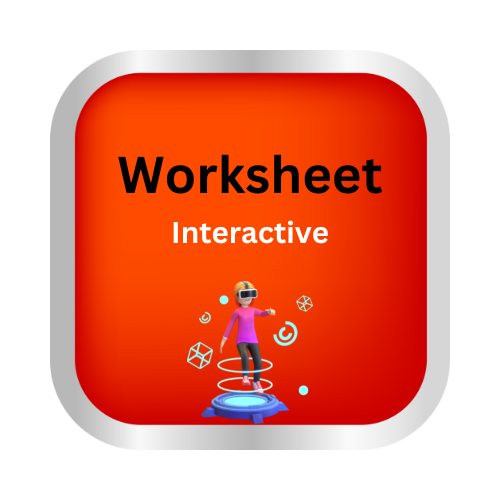Objects Around Us
Key Notes :
Definition of Objects:
- Objects are things we see, touch, and use in our daily lives. They can be living or non-living.
Classification of Objects:
- Natural Objects: These are objects found in nature, like plants, animals, rocks, and water.
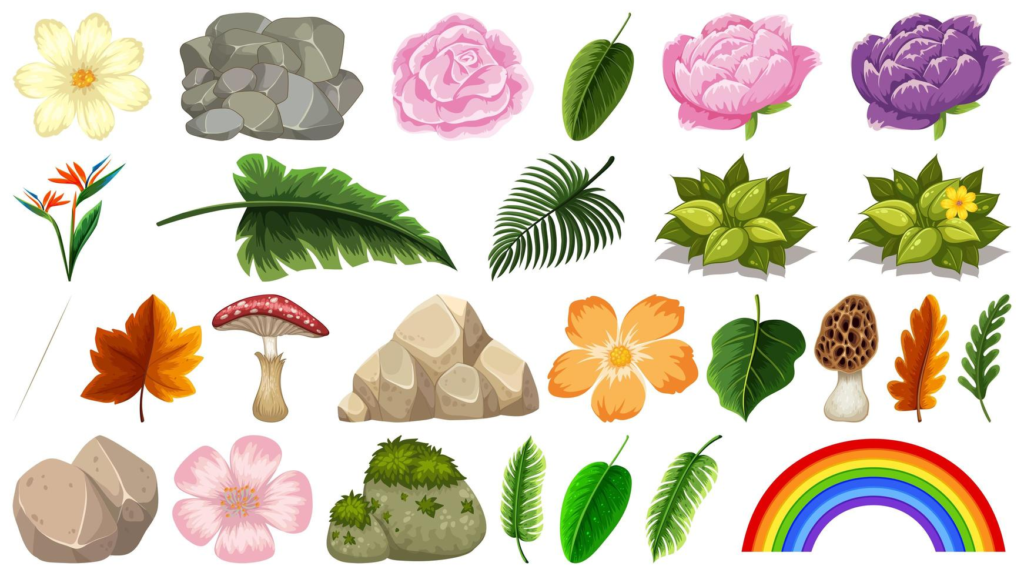
- Man-made Objects: Objects created by humans, such as buildings, furniture, and vehicles.
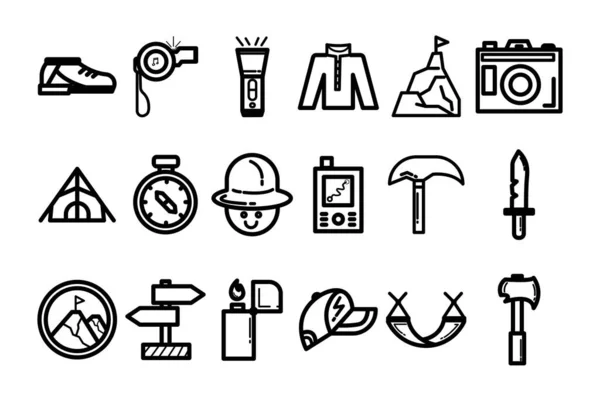
Properties of Objects:
Objects have different properties based on their material:
- Shape: Objects come in various shapes—round, square, flat, etc.

- Size: Objects can be small, large, or of varying sizes.

- Color: Objects have different colors, which can help in identification.
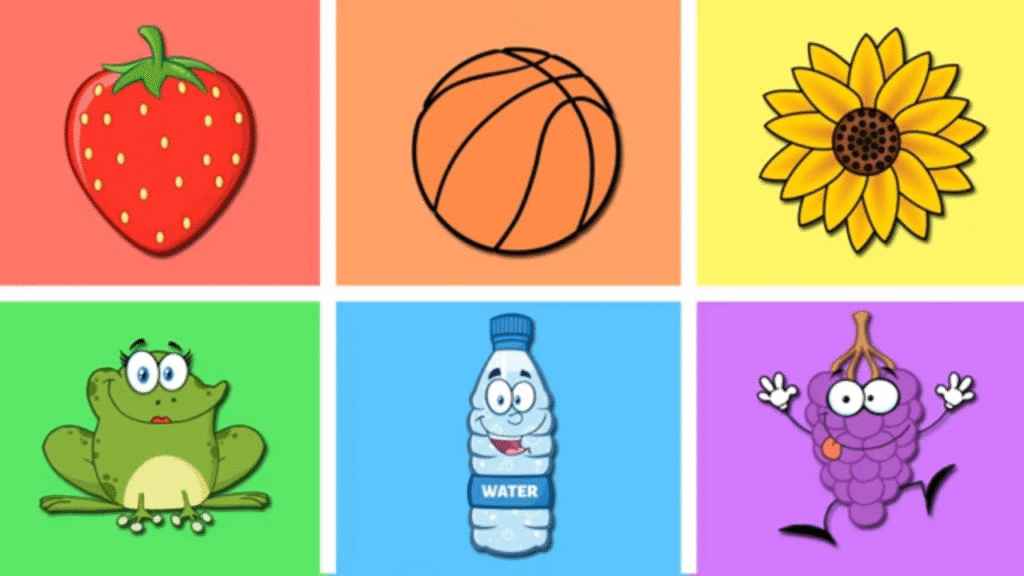
- Texture: Some objects feel smooth, while others feel rough or sticky.
- Hardness: Some objects are hard (e.g., metals), while others are soft (e.g., fabrics).
Materials Used for Objects:
Objects are made from different materials, such as:
- Wood: Used for furniture, pencils, etc.

- Metal: Used for tools, utensils, machines.
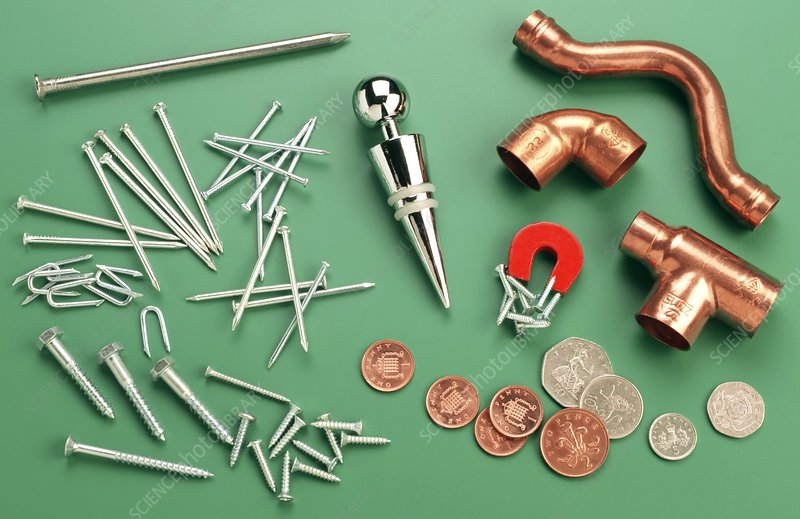
- Plastic: Used for bottles, bags, toys.
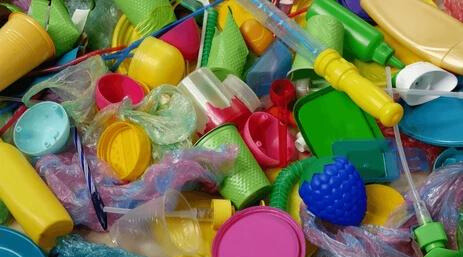
- Glass: Used for windows, mirrors.

- Fabric: Used for clothes, curtains.
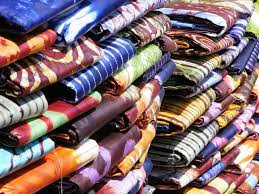
Uses of Objects:
Objects have specific purposes, such as:
- Tools: Hammers, scissors, and wrenches help with building or fixing things.
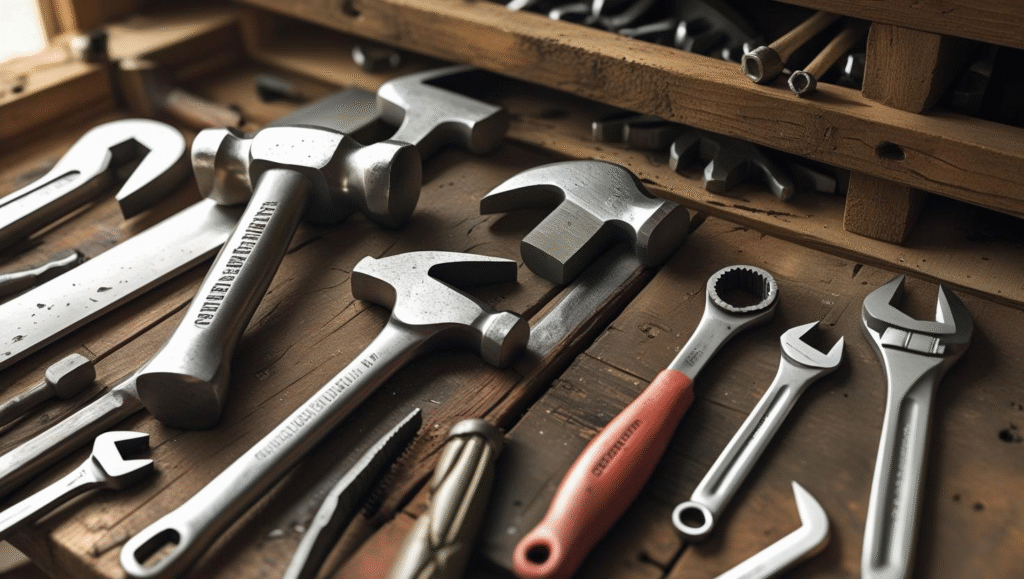
- Furniture: Chairs, tables, and beds are used for comfort and organizing space.
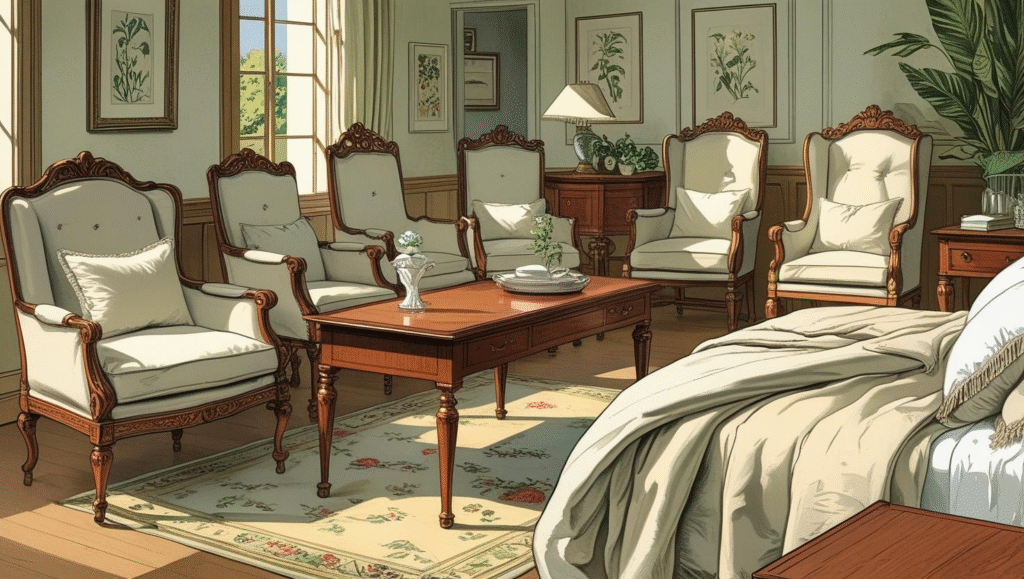
- Appliances: Objects like fans, televisions, and refrigerators make life easier.
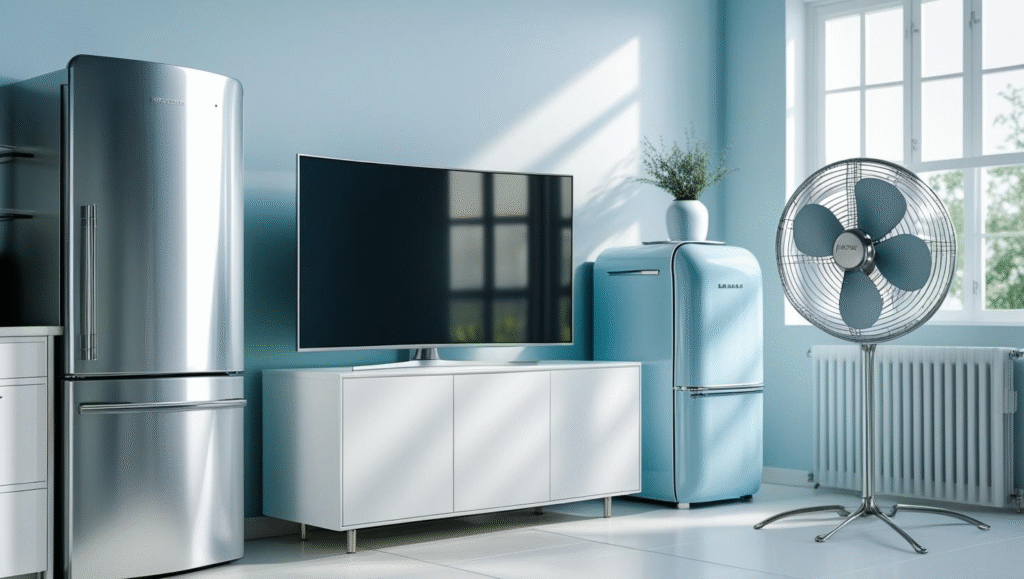
Living and Non-living Objects:
- Living Objects: These are organisms that can grow, reproduce, and respond to stimuli, such as plants and animals.
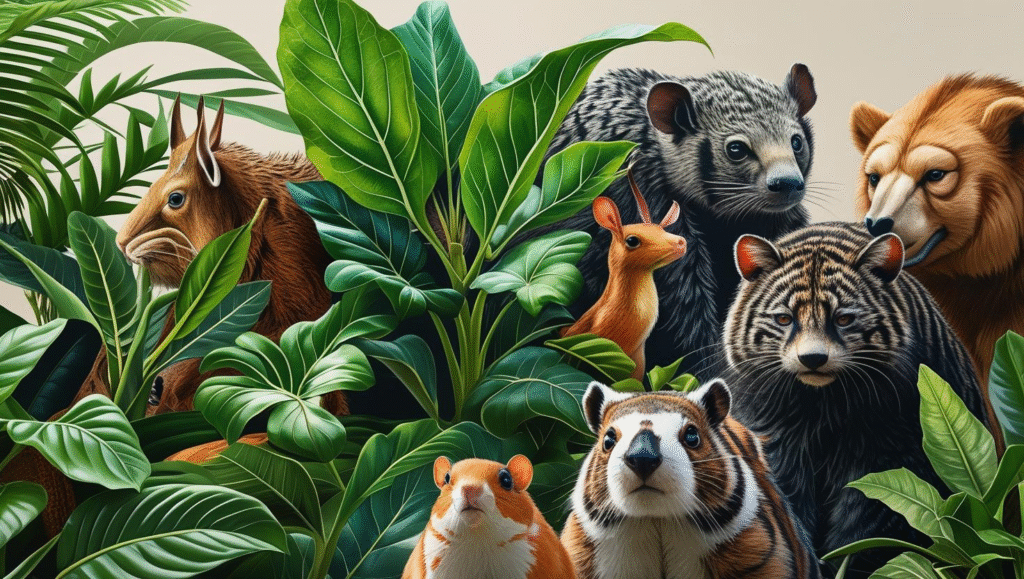
- Non-living Objects: These do not have life processes. They include things like books, pencils, and stones.
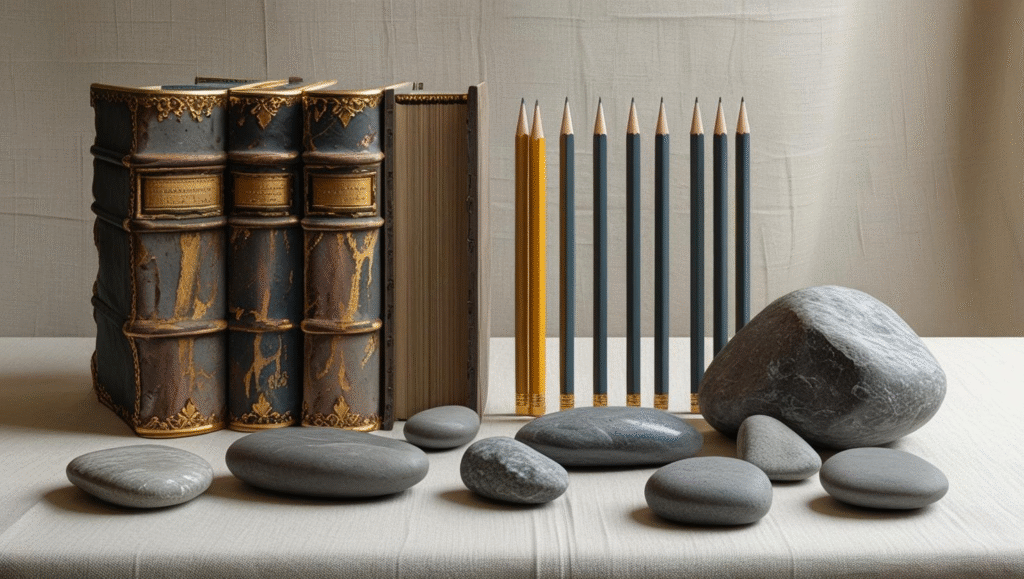
Changes in Objects:
Objects can undergo various changes:
- Physical Change: The shape, size, or state of an object may change without altering its composition (e.g., melting ice).
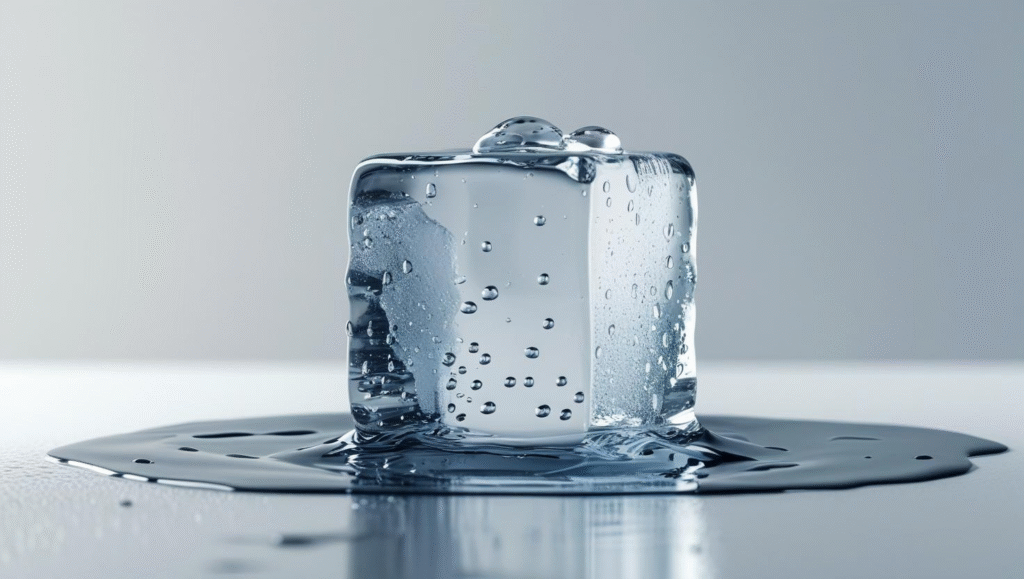
- Chemical Change: The object may transform into something new, such as rusting metal or burning wood.
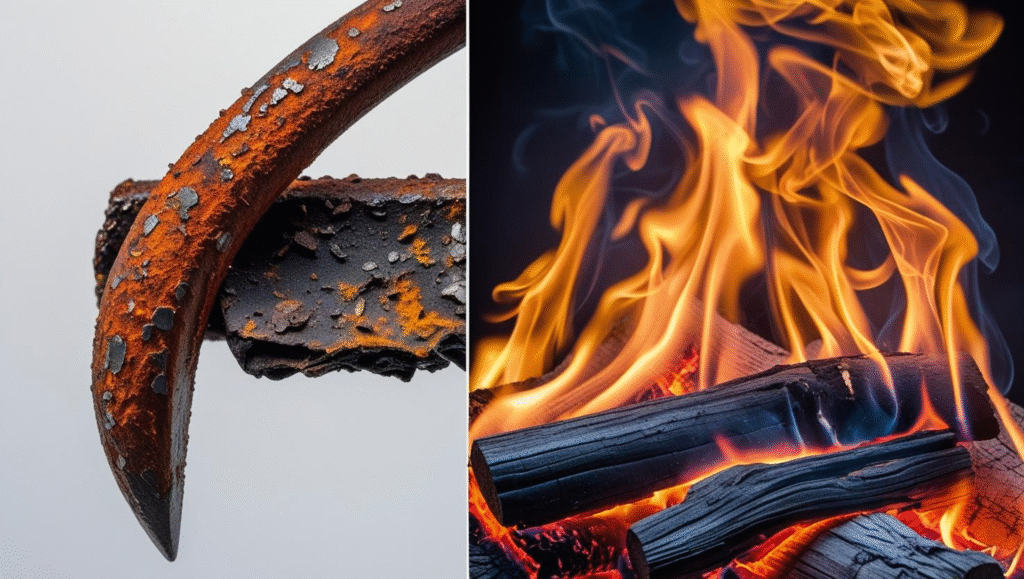
Let’s practice!
